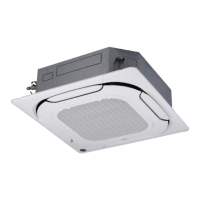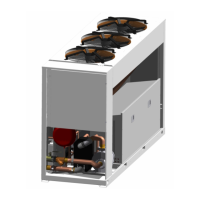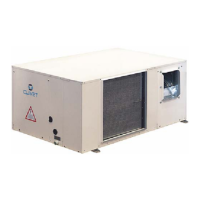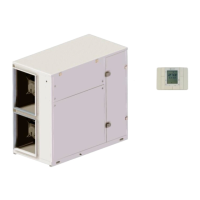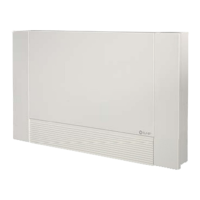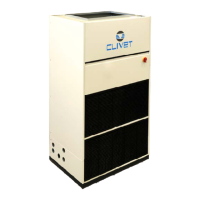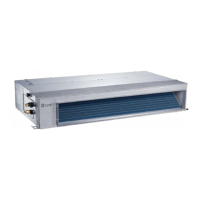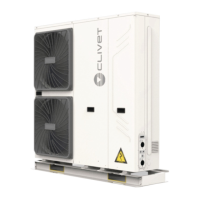21
Electrical connections
3.2 Power cable connection
Use a dedicated power supply to the indoor unit that is
different from that to the outdoor unit.
Indoor units connected to the same outdoor unit must be
connected to the same power supply, the same circuit
breaker and the same differential circuit-breaker.
“Fig. 22” shows the power supply terminal of the indoor unit.
N L
INDOOR unit terminal blocks
Power supply
From the terminal blocks
of the OUTDOOR unit
Fig. 22
To connect to the power supply terminal, use the insulated
ring terminal “Fig. 23”.
Use a power cable that meets the specifications and
securely connect it. To prevent the cable from being
pulled from the outside, make sure it is securely fastened.
If the insulated ring terminal cannot be used, make sure you:
– Do not connect two power cables with different
diameters to the same terminal (this can cause the
cables to overheat due to loose wiring) “Fig. 23”.
+
B
C
: D
A Circular wiring terminal
B Insulation
C Power cable
D Copper wire
Fig. 23
3.2.1 Electrical wiring specifications
L1 L2
220-240V~50Hz
A
B
C
D
D D
E
E
220-240V~ 50/60Hz
A Power supply
B RCCB
C Omnipolar connection
device with leak
protection
D Indoor unit
E Shunt box
Fig. 24
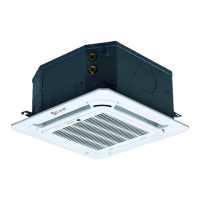
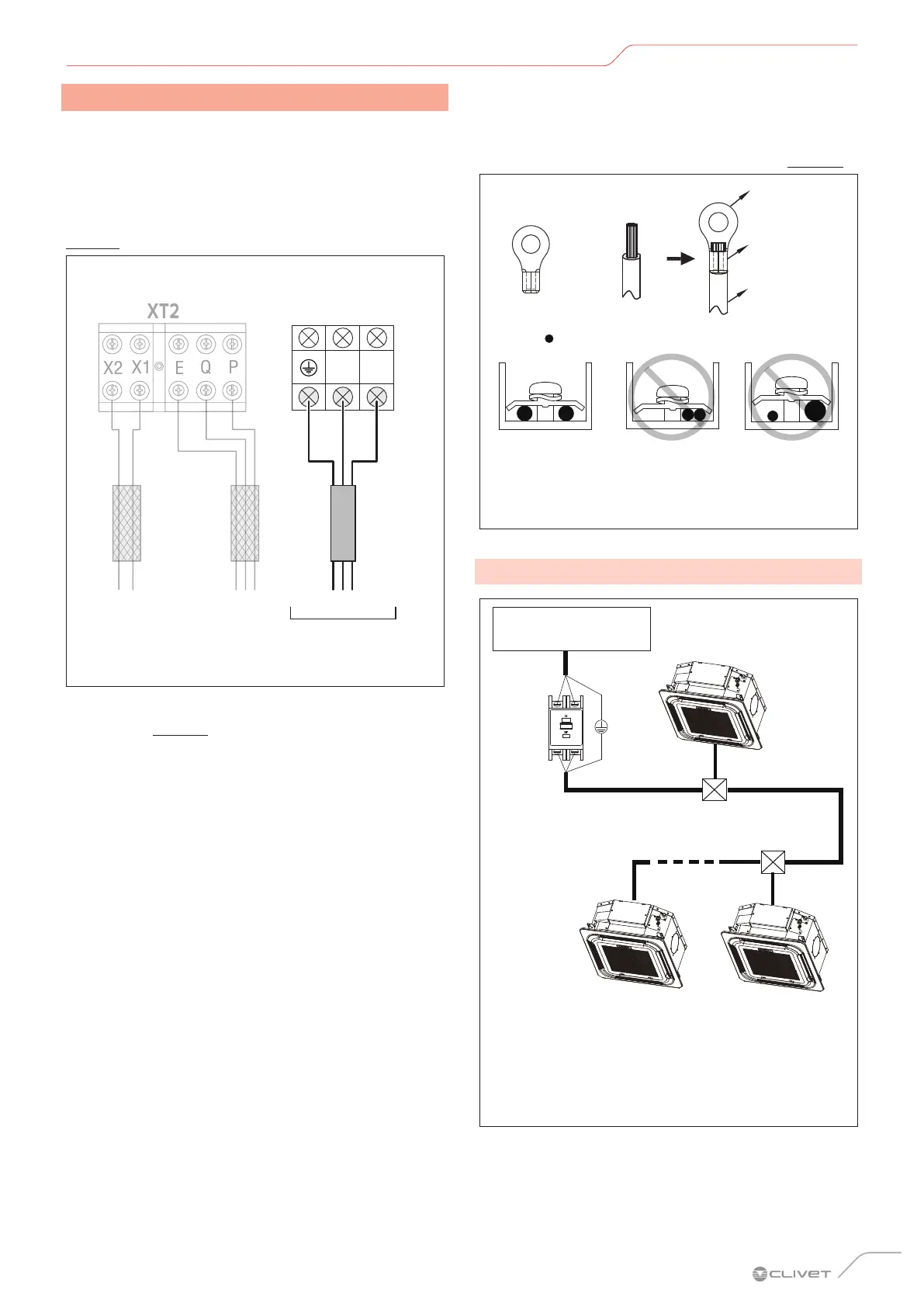